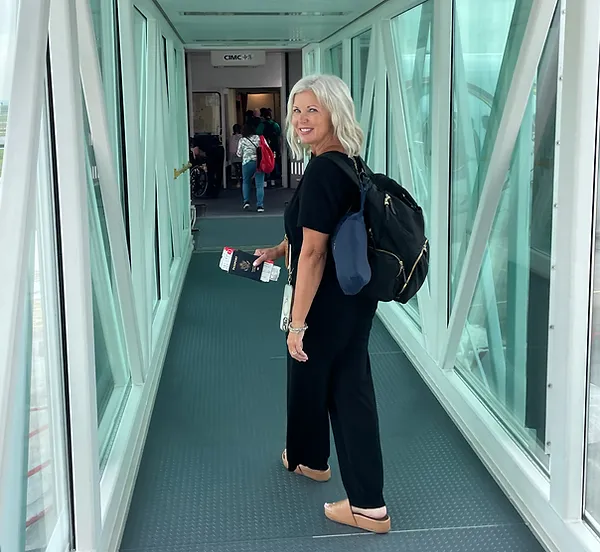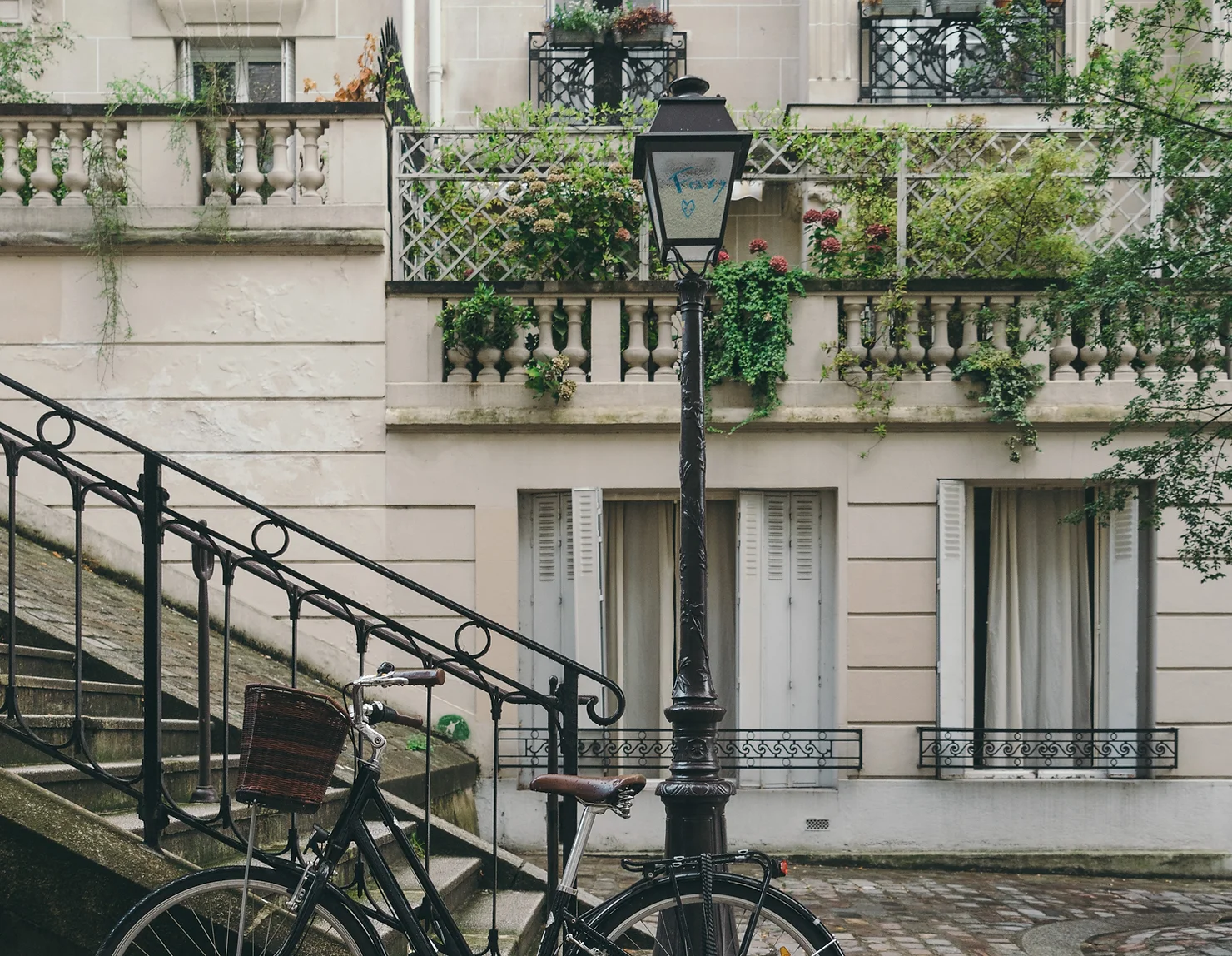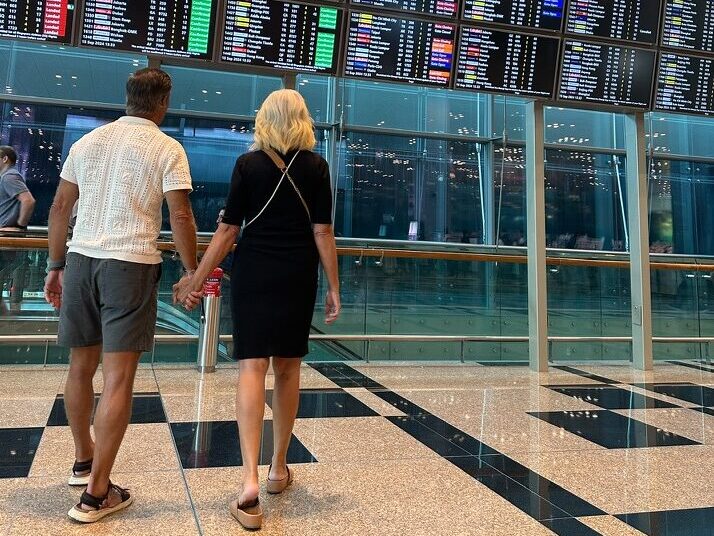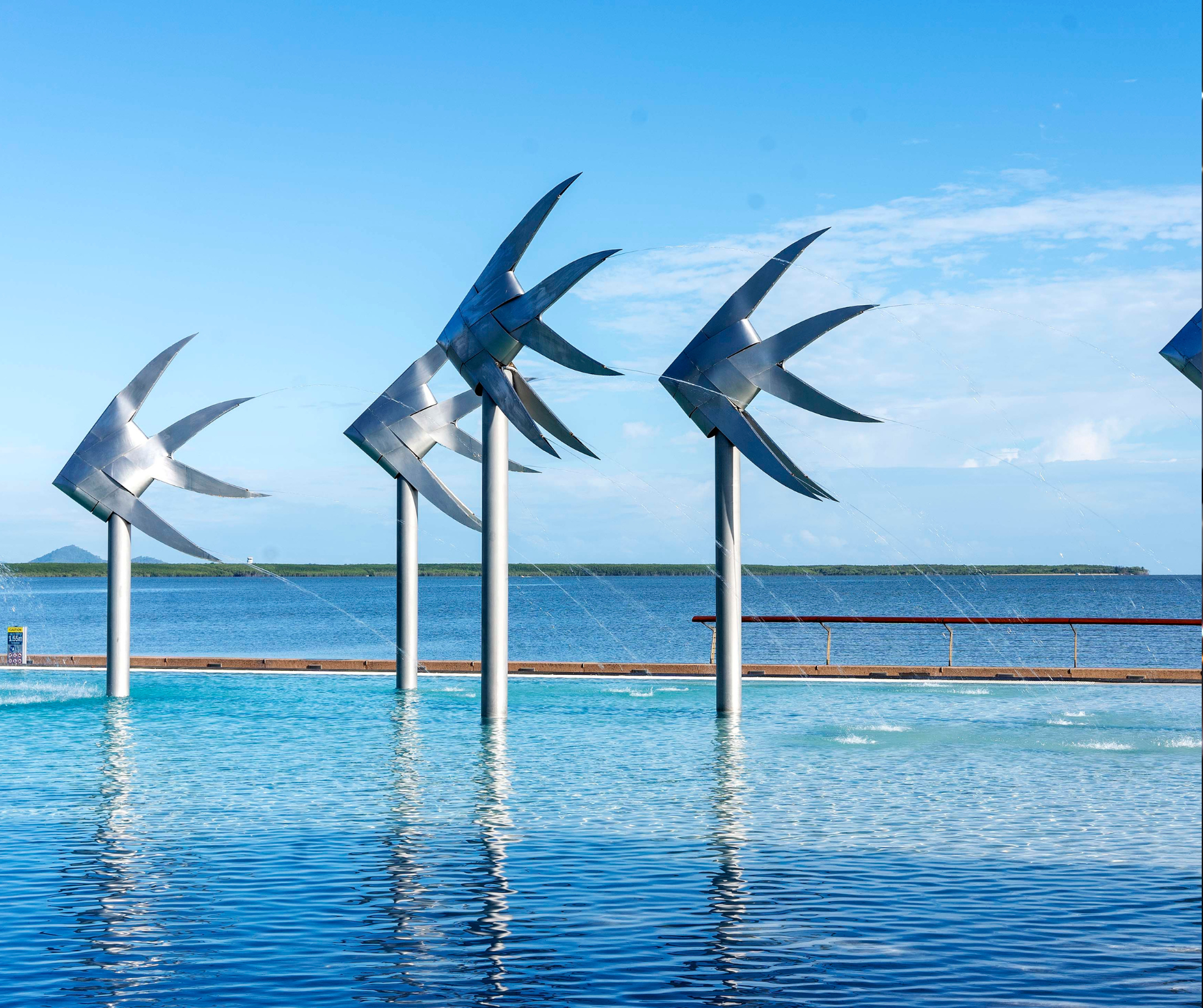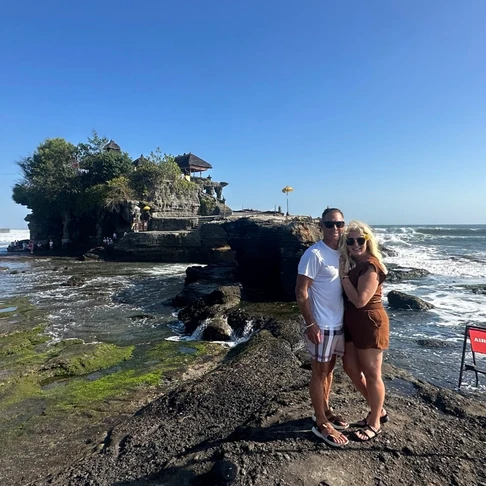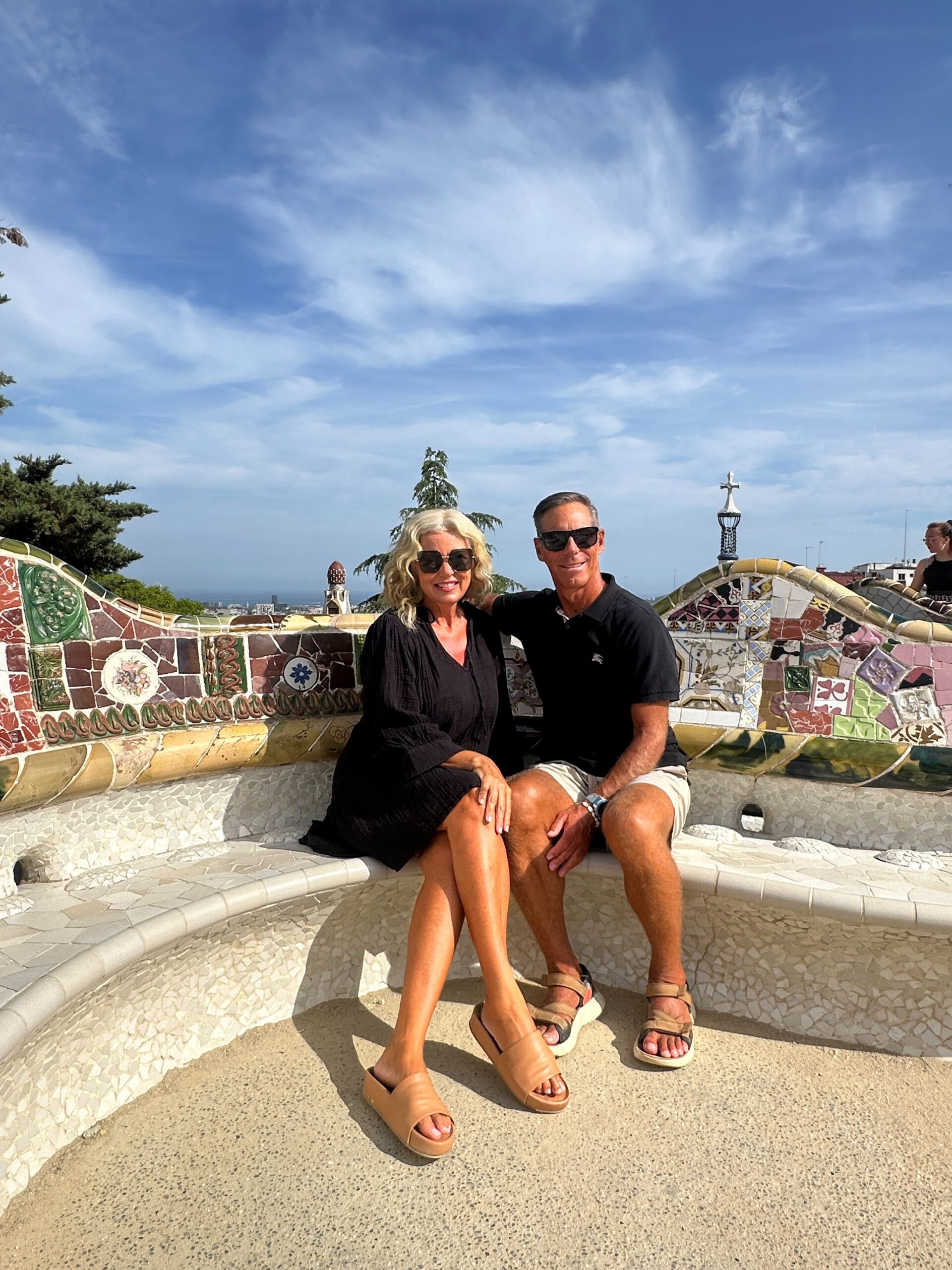When Shayne and I decided to start traveling the world, we knew we needed a way to fund our adventures. That’s when we came up with the idea of turning our home into an Airbnb. Here’s how we made it happen:
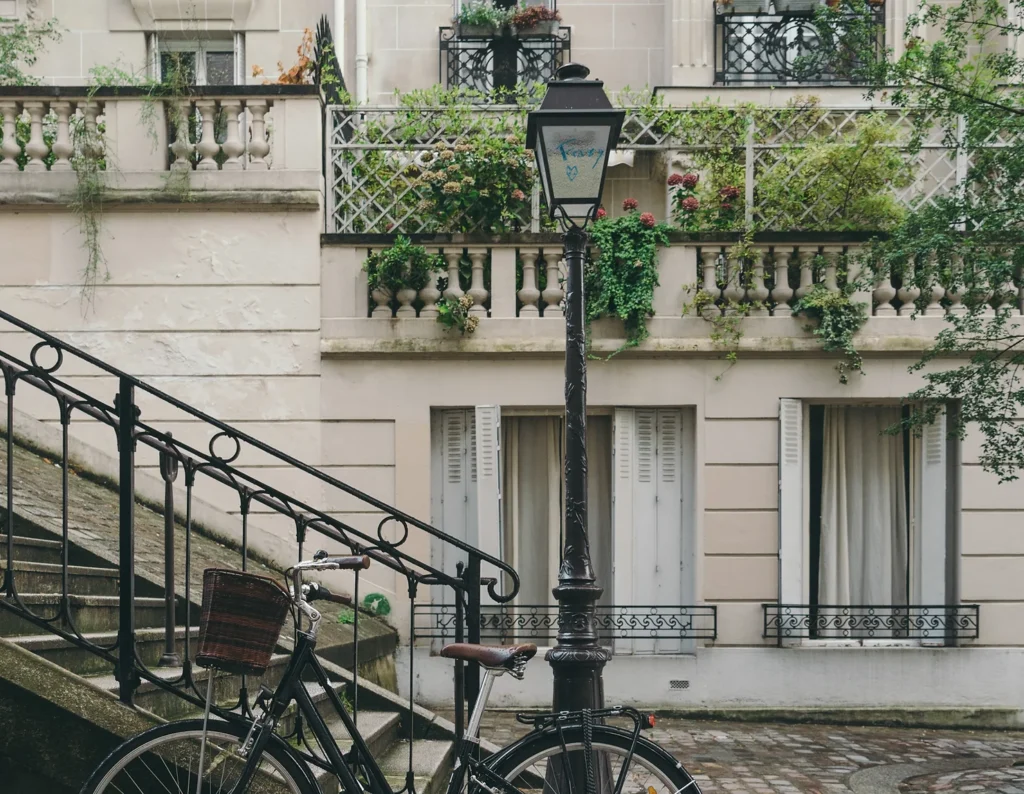
Check Local Regulations
First, we had to make sure short-term rentals were allowed in our area. We spent a lot of time researching local laws and regulations. Some cities have strict rules or even outright bans on Airbnb rentals, so it was crucial to ensure we were in the clear. It is important to obtain the necessary permits and licenses to operate legally. It may take a bit of paperwork and patience, but it was worth it to avoid potential legal issues down the road.
Preparing Our Home
Next, we needed to prepare our home for guests. We began by decluttering and removing personal items to make our home more guest-friendly. This involved packing away family photos, clearing out closets, and creating a neutral, welcoming environment. We locked away our valuables in a secure storage unit and gave our home a deep clean, even hiring professional cleaners to ensure everything sparkled. The goal was to create a space where guests would feel comfortable and at home.
Furnishing and Stocking Up
We took a good look at our furniture and made sure everything was comfortable and in good condition. We wanted our guests to have a great experience, so we invested in a few upgrades, like a cozy new sofa and high-quality bedding. We also stocked up on essentials like toiletries, kitchen supplies, and cleaning products. To make our guests feel extra welcome, we added amenities like Wi-Fi, a smart TV, and a welcome basket with snacks, bottled water, and local information. We even created a guidebook with our favorite local restaurants, attractions, and tips for getting around.
Setting Up Our Listing
Creating an Airbnb account was the next step. We took high-quality photos of our home, showcasing its best features, such as our bright, airy living room and our peaceful backyard garden. We wrote a compelling description highlighting the attractions nearby, like the charming coffee shop around the corner and the beautiful park just a short walk away. We researched similar listings in our area to set a competitive price, balancing affordability with the value we offered. You can use THIS link to sign up as an Airbnb host. There is no charge and it’s so easy to do!
Managing Bookings and Guests
We established clear house rules and communicated our expectations to our guests. This included guidelines on things like noise levels, check-in and check-out times, and how to handle trash and recycling. Prompt communication was key, so we made sure to respond quickly to inquiries and booking requests. We installed a key lockbox, which made check-in and check-out easy and flexible for our guests, especially those arriving late at night or early in the morning.
Considering Professional Help
Since we planned to be away for extended periods, we decided to hire a property manager to handle the day-to-day operations, cleaning, and guest communication. This was a game-changer for us. Our property manager was able to handle any issues that arose, from minor maintenance to guest questions, which gave us peace of mind while we were traveling. It also ensured that our home stayed in top condition and that our guests had a smooth, enjoyable stay.
Monitoring and Adjusting
We paid close attention to guest reviews and feedback, using it to make improvements. Our guests appreciated small touches, like extra blankets and a selection of local teas, so we made sure to keep those stocked. We also kept an eye on our booking rate and adjusted our pricing to stay competitive, especially during peak travel seasons. This helped us maximize our occupancy and income.
Planning for Emergencies
Finally, we arranged for a friend to handle any emergencies or urgent guest issues that might arise while we were away. Having a reliable local contact was crucial for dealing with unexpected situations, like a plumbing issue or a power outage. We provided our friend with all the information they might need, from spare keys to contact numbers for local services.
By turning our home into an Airbnb, Shelly and I found a fantastic way to fund our international travels. It allowed us to explore the world without worrying about our finances. We’ve met wonderful people from all over the globe and enjoyed sharing our home with them. If you’re thinking about doing the same, these steps can help you get started.
Travel isn’t just about places—it’s about people, experiences, and making memories. Hi! We are Shayne and Shelly Peterson. As empty nesters, we’ve found new ways to connect with the world (and each other) through travel. Follow our journey at JetSetPetersons.comand let’s explore together!
At Jet Set Petersons, we occasionally collaborate with brands, companies, and tourism boards to bring you content that aligns with our love for travel. Some of the posts on this website may include sponsored content, affiliate links, or gifted experiences.
We only partner with brands that we genuinely love and believe will bring value to our readers. While we may receive compensation in the form of payment, free stays, or complimentary products, all opinions expressed are our own. Honesty and transparency are at the core of what we do, and we would never recommend anything we wouldn’t personally use or enjoy.
